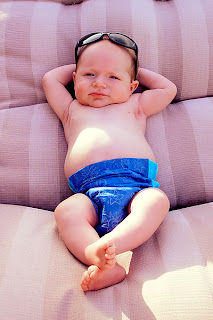For the third successive year, Vienna was ranked number one as European cities claimed more than half of the top 25 positions in Mercer's 2011 Quality of Living index, which awards points for a range of criteria, including political and economic stability, culture, health and sanitation, quality of schools, public services and housing. Zurich in neighboring Switzerland came in second, while New Zealand’s largest city, Auckland, was third in the list of 221 cities worldwide.
Top 10 (quality of life):
- Vienna (Austria)
- Zurich (Switzerland)
- Auckland (New Zealand)
- Munich (Germany)
- Dusseldorf (Germany)
- Vancouver (Canada)
- Frankfurt (Germany)
- Geneva (Switzerland)
- Bern (Switzerland)
- Copenhagen (Denmark)
Elsewhere, Canadian cities dominated the top spots in the Americas – Vancouver was rated number five overall – while Singapore was the only Asian city to scrape into the top 25. Port Louis, the capital of Mauritius, was the highest ranked city in the African region (84).
At the other end of the scale, Baghdad was bottom of the list, closely followed by Bangui in the Central African Republic and N’Djamena in Chad.
“European cities in general continue to have high standards of living, because they enjoy advanced and modern city infrastructures combined with high-class medical, recreational and leisure facilities,” said Slagin Parakatil, Senior Researcher at Mercer.
“But economic turmoil, high levels of unemployment and lack of confidence in political institutions make their future positions hard to predict. Countries such as Austria, Germany and Switzerland still fare particularly well in both the quality of living and personal safety rankings, yet they are not immune from decreases in living standards if this uncertainty persists.”
He added that the wave of violent protests across much of the Arab world this year had lowered living standards across North Africa and the Middle East – Dubai was the highest ranked city in the region at 74 – but that political and economic reconstruction in countries such as Libya and Egypt would undoubtedly boost the region in the longer term.
For the first time, this year’s Mercer survey also ranks cities according to personal safety, with crime levels, law enforcement effectiveness and a country’s international relations among the criteria.
Vienna was rated fifth in the list, as the top three spots going to Luxembourg, Bern and Helsinki respectively. Baghdad found itself at the foot of the list once again.
“The top-ranking cities for personal safety and security are in politically stable countries with good international relations and relatively sustainable economic growth,” said Parakatil.
“Most of the low-scoring cities are in countries with, civil unrest, high crime levels and little law enforcement.”
In: "BUSINESS360", Business - International Edition, in CNN online; http://business.blogs.cnn.com/2011/11/29/the-top-city-to-live-in-is/?hpt=hp_c2.











